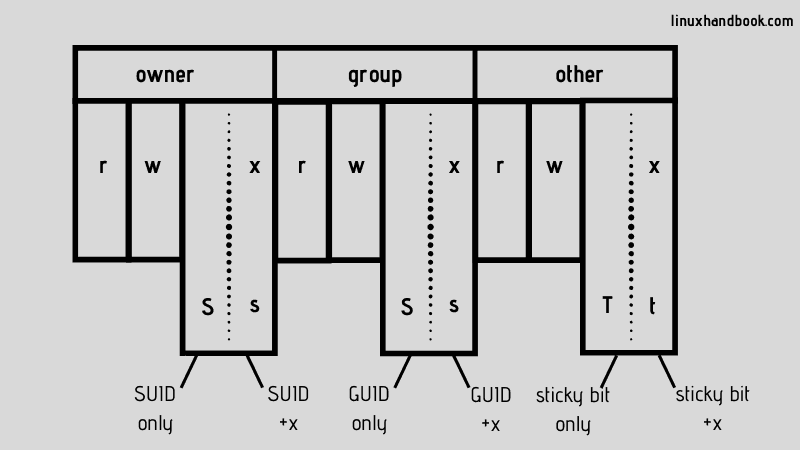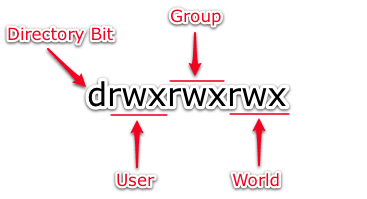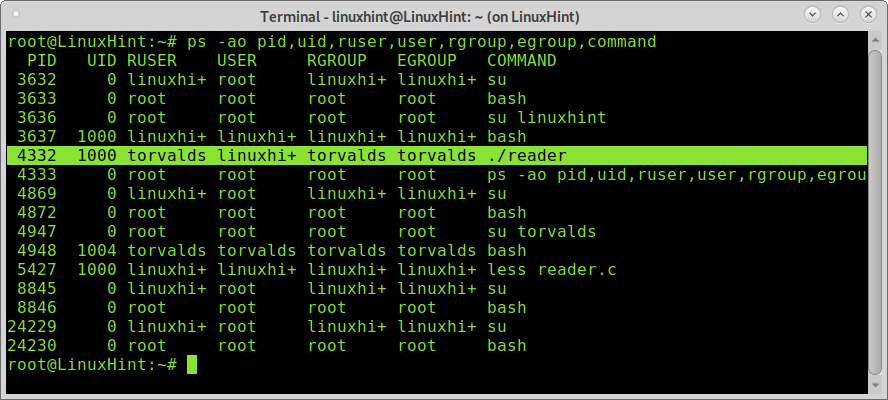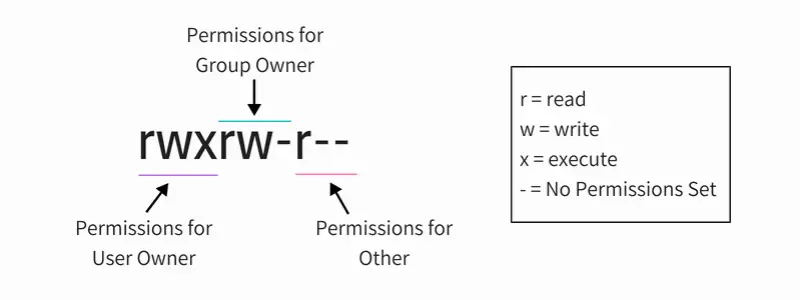Smart Tips About How To Check Sticky Bit

If you look at ther permission closely you will see t at the end of the other user permissions which indicates that sticky bit is set.
How to check sticky bit. Import os def is_sticky (path): Number one is defined as a “sticky bit” and xxx is the. The sticky bit is represented by the value 1000.
Display file attributes pathname : How to use sticky bit on directory and file. For example, to add the bit on the directory.
Simply look for a ‘t’ character in the file permissions to locate the sticky bit. The command below shows how the sticky bit can be set. Linux kernel how to check whether the sticky bit is set.
If the read permission should be set, add 4. Use chmod command to set. Return os.stat (path).st_mode & 01000 == 01000.
The following command will discover and print these for. In the line for the sticky bit, 1 indicates that the sticky bit is on. This will search through the.
It is used to manipulate file permissions. When the sticky bit is set in a directory, all files created in the directory will. The snippet below shows how.
Just like normal permissions, the special bits can be assigned with the chmod command, using the numeric or the ugo/rwx format. In the former case the setuid, setgid, and. We type the following, using chmod to set the suid bit, and then check that it’s been set:
To determine what each digit is, we use the following: Sticky sessions are enabled at the. I am working on a linux kernel project whose intent is to modify the kernel to require that certain designated files (such.
The most common use of the sticky bit can be seen in /tmp as the default permissions contain the the sticky bit. Set the sticky bit on directory. How to find files with sticky bit set in linux.
The first item will be the. 168 root root 28672 jun 14 08:36 tmp this bit should have always. The example below enables the sticky bit on a directory.


![Chapter 5] 5.5 Suid](http://litux.nl/Books/Books/www.leothreads.com/e-book/oreillybookself/tcpip/puis/figs/puis_0503.gif)













